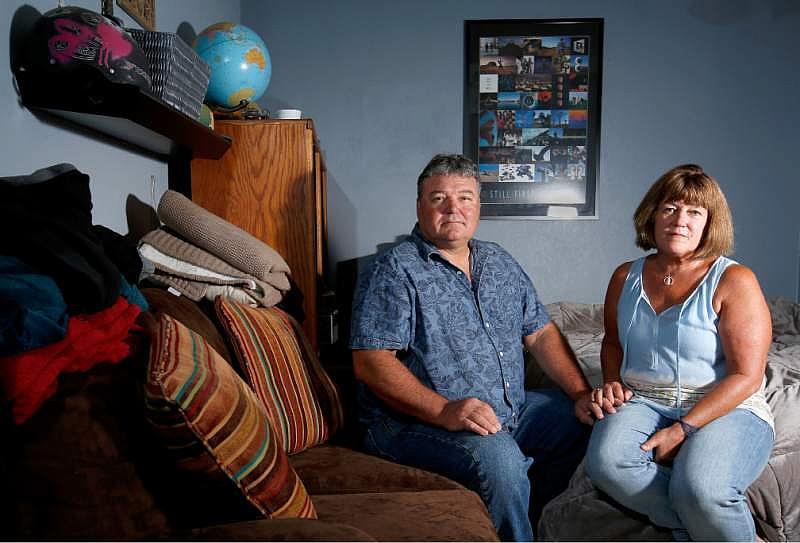Sonoma County readers share their stories of mental health crises
This report was produced as a project for the 2016 California Fellowship, a program of the Center for Health Journalism at the USC Annenberg School of Journalism.
Other stories in this series include:
Sonoma County reshapes approach to mental health care
Sonoma County struggles to fill gaps in crisis care for mentally ill

(Alvin Jornada / The Press Democrat)
A Cotati woman describes a fragmented system of mental health care that at times treated her with dignity while at others like a criminal or animal. A Santa Rosa mother decries a system of services that abandons all but the wealthy and very poor. And a Santa Rosa man recalls that his experience in a hospital emergency room was “worse almost than my actual disease.”
These are some of the stories readers shared with The Press Democrat following a three-week series examining gaps in the local mental health system that have sent a growing number of people with mental illness to hospital emergency rooms and the Sonoma County Jail — now the largest psychiatric treatment facility in the county.
They are the stories of people who live amongst us. Nearly 1 in 5 people in the United States have some type of mental illness — and nearly 1 in 25 a serious mental illness, a number that would equate to more than 20,000 people in Sonoma County — according to the federal Substance Abuse and Mental Health Services Administration.
The Press Democrat asked readers to tell us, in their own words, about their experiences with the county’s mental health system. The following, which have been edited for length and clarity, is just some of what we received:
…
‘All we wanted was to get him hospitalized’
My son struggles with mental health issues and was diagnosed with bipolar at 19. He is now 24 and that diagnosis has changed from bipolar to schizo-effective to schizophrenia. He was diagnosed in 2013 and six months later he was first hospitalized at Aurora Santa Rosa Hospital.
After multiple 5150s and subsequent hospitalizations, he was conserved by the state in December 2014 for one year. He worked his way to Parker Hill and Tamayo House. In July he was conserved for the second time in San Francisco due to no beds available in Sonoma County. He was transferred to a facility on the Central Coast. It was clearly evident that he was overmedicated by the facility. That resulted in him being hospitalized for lithium poisoning where he needed dialysis.
After we advocated for him to return to Sonoma County, he was transferred to Sonoma County’s Crisis Stabilization Unit. From there he was transferred back to Creekside Hospital and is now at Hope House.
I know that advocacy has helped him and a careful defining line on our part has led him through the system. Easy? Absolutely not!!! He’s young. Am I hopeful? Yes! Do we continue to show our support? Yes! Do we feel we alone can offer the support he needs? No! We need county support services and the caring support of many, many individuals.
In the beginning, as parents we needed relief. All we wanted was to get him hospitalized. We needed some help with something we did not understand very well. That was a good first step, but it certainly isn’t the end-all. As soon as he’s let out of the hospital, the first thing he does is stop taking his meds. As he gains insight to his issues, maybe that will change. It takes a village on so many levels. I know that my husband and I could not do it independently.
[This article was originally published by the Press Democrat.]
